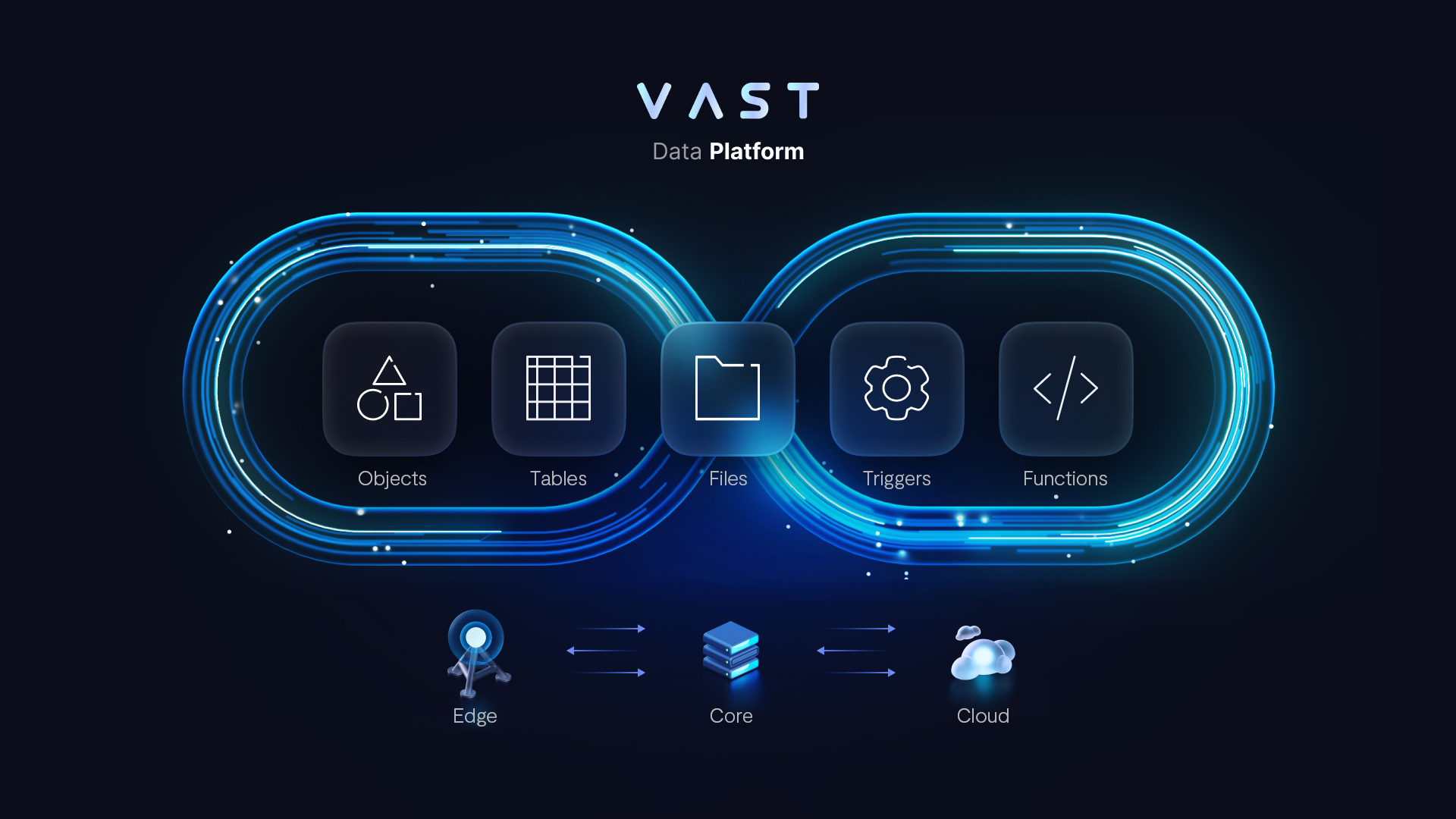VAST Data, the AI data platform company, today at Cisco Live 2024, announced it is collaborating with Cisco and NVIDIA on a solution to offer enterprises simple, high-performance AI infrastructure coupled with an Ethernet-based AI fabric to handle large volumes of data at exabyte scale.
Through this new relationship, the VAST Data Platform, which offers unified storage, database and data-driven function engine services built for AI, becomes the first data platform optimised and supported with Cisco Nexus HyperFabric. VAST Data will join this ecosystem integrating with the first Cisco cloud-management solution for data centre networking to orchestrate, deploy and manage the stack. Leveraging VAST APIs and pulling both network and storage telemetry back to Cisco Nexus HyperFabric, Cisco customers can now monitor and correlate performance and latency to optimise complex applications.
Cisco Nexus HyperFabric AI clusters are designed to help enterprises build AI data centres using NVIDIA accelerated computing – including NVIDIA Tensor Core GPUs, NVIDIA BlueField-3 DPUs and SuperNICs, and NVIDIA AI Enterprise software – with Cisco networking and the VAST Data Platform. The solution provides end-to-end visibility of compute, networking, storage and data management to allow organisations to seamlessly build and scale their AI operations.
The Cisco Nexus HyperFabric AI Cluster solution also seamlessly integrates VAST’s DASE (Disaggregated Shared Everything) architecture, which is also powered by NVIDIA BlueField DPUs, a collaboration recently announced with NVIDIA.
Generative AI requires unprecedented scale and performance to provide incredibly fast access to data, driving enterprise IT buyers to invest heavily in Ethernet networking technologies. According to IDC, the Ethernet switching market has been impacted significantly by the growing number of enterprise AI deployments, with the overall market rising 20.1% in 2023 to $44.2 billion. With NVIDIA and VAST Data, Cisco can consolidate compute resources, storage and data management capabilities with Ethernet-powered AI network fabrics to offer innovative connectivity with unparalleled programmability, performance, flexibility, and efficiency to meet the considerable demands of today’s AI/ML platforms.
“This is the year of the enterprise for AI. Traditionally, enterprises have been slower to adopt new technologies because of the difficulty of integrating new systems into existing systems and processes. This collaboration with Cisco and NVIDIA makes it simple for enterprises to implement AI as they move from proof of concept to production,” said Renen Hallak, CEO and co-founder of VAST Data. “It’s an honour to be selected by Cisco as their premier storage partner for their AI infrastructure and it’s even more exciting that this is because our customers advocated for this partnership.”
“Business innovation is accelerating with AI applications, requiring efficient, high-speed access to massive data sets,” said Jonathan Davidson, Executive Vice President and General Manager, Cisco Networking. “With an ecosystem approach that now includes VAST Data and NVIDIA, Cisco helps our enterprise customers tackle their most difficult and complex networking, data and security challenges to build AI infrastructures at any scale with confidence.”
VAST has also certified Cisco Nexus Ethernet-based switches with the VAST Data Platform, delivering validated designs to ensure a seamless deployment experience with the highest levels of support for joint customers. The private cloud-managed Cisco Nexus Dashboard offers innovative congestion management with flow control algorithms and visibility with real-time telemetry. Through this collaboration and validation, and as customers implement the Cisco Nexus 9000 Series Switches into their storage fabric, Cisco and VAST deliver the scale, speed and efficiency necessary to support AI applications, and are simplifying network management and operations across all infrastructure endpoints.
Availability
Select customers can access the VAST Data Platform with Cisco and NVIDIA in beta now, with general availability expected in Q4 of 2024.










Discussion about this post